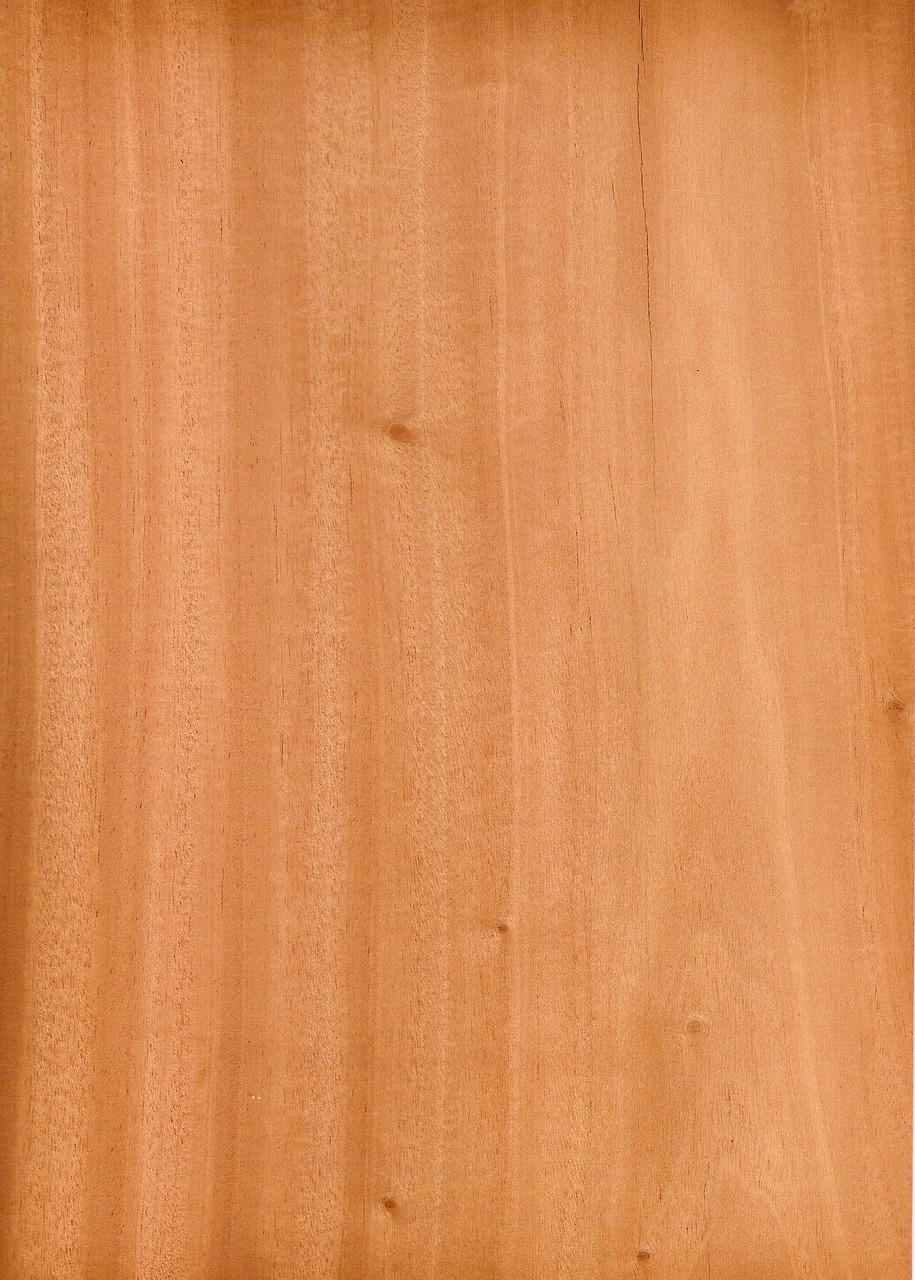“`html
Discovering Mahogany: A Comprehensive Guide to This Majestic Tree
Mahogany is a name that resonates with elegance and durability, often associated with fine furniture and luxurious interiors. However, there’s much more to this remarkable tree than meets the eye. In this detailed post, we’ll explore the various aspects of mahogany, from its natural habitat and characteristics to its symbolic meanings and how you can cultivate it. Whether you’re a nature enthusiast or a budding gardener, this guide will provide valuable insights into the world of mahogany.
The Basics of Mahogany
Natural Habitat
Mahogany trees are primarily found in tropical regions, thriving in the lush rainforests of Central and South America, as well as parts of Africa and Asia. They prefer well-drained soils and are often situated near rivers and streams, where they can access ample water resources. Mahogany trees can grow to impressive heights, reaching up to 150 feet, making them one of the towering giants of the forest canopy.
Characteristics
Renowned for their straight, tall trunks and broad, spreading crowns, mahogany trees are a sight to behold. The wood is dense and reddish-brown, prized for its beauty and resistance to decay. Mahogany leaves are pinnate with a glossy finish, and they shed seasonally in some species. The tree produces small, inconspicuous flowers that give way to woody capsules, each containing several seeds.
Symbolic Meanings
In the language of flowers, mahogany symbolizes strength and resilience. Its hard, durable wood and ability to thrive in challenging environments make it a fitting emblem of endurance and perseverance. In some cultures, mahogany is also linked to protection and wisdom, reflecting its longstanding association with craftsmanship and longevity.

How to Grow Mahogany
Planting
Growing mahogany requires patience and the right conditions. Begin by selecting a site with full sun exposure and well-drained soil. Mahogany seeds should be sown directly into the soil or germinated in pots before transplanting. Ensure the planting area is free from competing plants and debris to allow the young saplings to establish themselves.
Watering and Fertilization
Regular watering is crucial during the early stages of growth, especially in dry climates. Once established, mahogany trees are relatively drought-tolerant. Fertilization should be done sparingly, using a balanced, slow-release fertilizer to provide essential nutrients without encouraging excessive leaf growth at the expense of wood development.
Pest and Disease Management
Mahogany trees are susceptible to pests such as mahogany shoot borers and leaf miners. Regular monitoring and biological control methods can help keep infestations in check. Fungal diseases like root rot can be prevented by ensuring proper drainage and avoiding overwatering. [Learn more about common tree pests and how to manage them](https://www.example.com/tree-pests-management).

Additional Insights into Mahogany
Uses of Mahogany Wood
Mahogany wood has been a staple in fine woodworking for centuries. Its rich color and grain make it a favorite for crafting high-end furniture, musical instruments, and boat building. The wood’s workability and natural luster contribute to its status as a premium material in the carpentry world.
Conservation Efforts
Due to overharvesting and habitat loss, some mahogany species are now considered endangered. Conservation initiatives focus on sustainable logging practices and reforestation to ensure the survival of mahogany trees for future generations. [Read more about conservation efforts for mahogany trees](https://www.worldwildlife.org/initiatives/forests).
Cultural Significance
Beyond its physical attributes, mahogany holds cultural significance in many societies. In the Caribbean, for instance, mahogany is celebrated for its historical role in the colonial economy and craftsmanship. Its enduring legacy is evident in the many antique pieces still treasured today.
Conclusion: Embracing the Majesty of Mahogany
Mahogany is more than just a tree; it is a symbol of strength, beauty, and heritage. Whether you’re interested in growing your own mahogany tree or simply appreciating its many uses and meanings, understanding this magnificent tree enriches our connection to nature and craftsmanship. By supporting sustainable practices and conservation efforts, we can ensure that mahogany continues to thrive in our forests and our culture.
For more information about sustainable forestry and responsible wood sourcing, visit our Sustainable Forestry page.
“`
